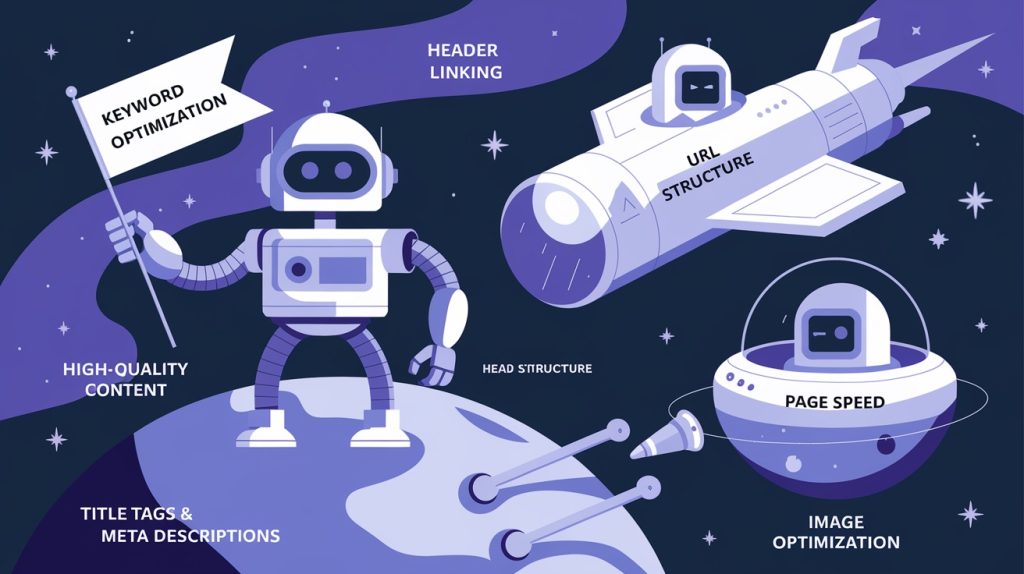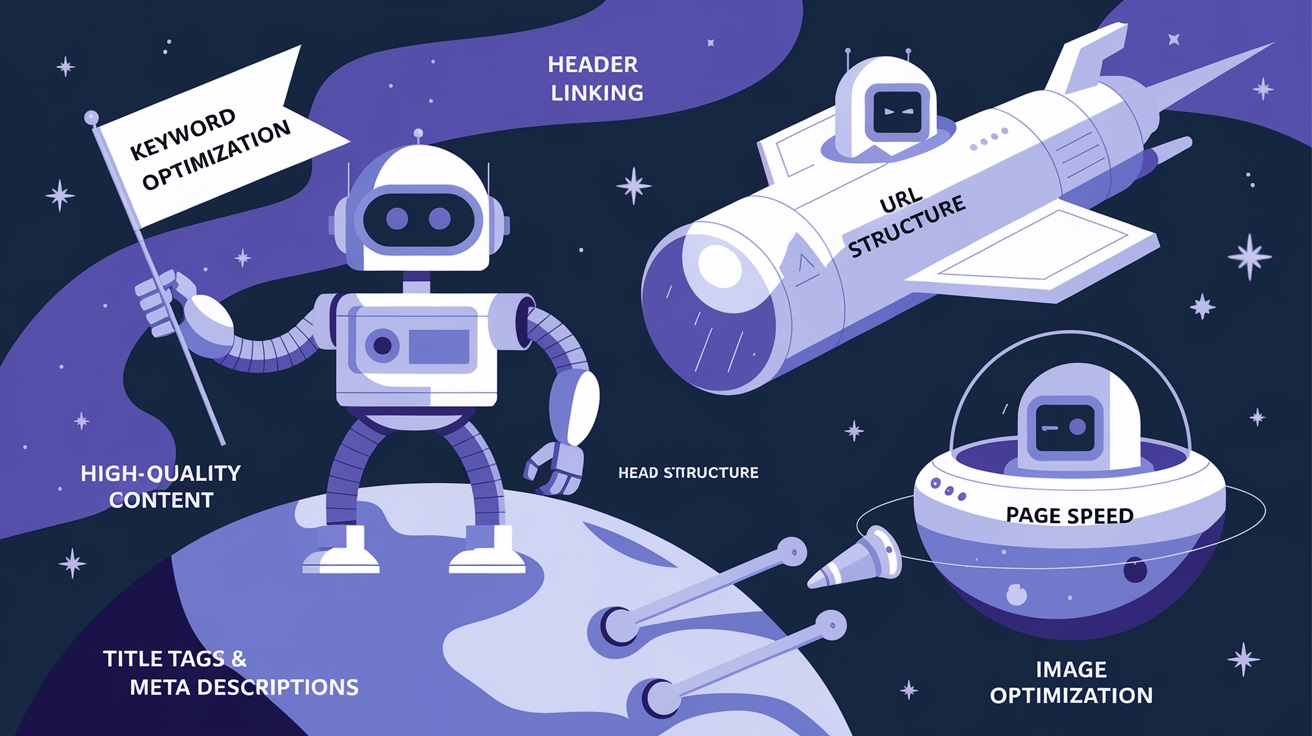What are some common on-page SEO techniques to improve website ranking?

On-page SEO is crucial for improving website rankings on search engines. By optimizing individual web pages, you enhance their visibility and relevance, making it easier for search engines to understand and rank your content. Here are some common on-page SEO techniques:
1. Title Tags: The title tag is one of the most important elements of on-page SEO. It should include the target keyword and be concise, relevant, and compelling to attract clicks.
2. Meta Descriptions: Although meta descriptions don’t directly impact rankings, they significantly affect click-through rates (CTR). A well-crafted meta description provides a brief summary of the content, including keywords, to encourage users to click on the link.
3. Header Tags (H1, H2, H3): Using header tags helps structure the content, making it easier for search engines and users to understand the page. The H1 tag should contain the primary keyword, while H2 and H3 tags break up the content and include secondary keywords.
4. Keyword Optimization: Strategically placing relevant keywords throughout the content, in headings, and within the first 100 words of the page helps search engines understand the topic and relevance of the page.
5. URL Structure: Clean and descriptive URLs that include relevant keywords make it easier for search engines to identify the page’s content. Avoid long, complex URLs.
6. Internal Linking: Internal links help spread link equity across pages, guiding both users and search engines to other valuable content on your site.
7. Image Optimization: Ensure all images have descriptive alt text and are compressed for faster page loading, which improves both user experience and rankings.
Implementing these on-page SEO techniques can significantly enhance a website’s ranking and visibility on search engines.





